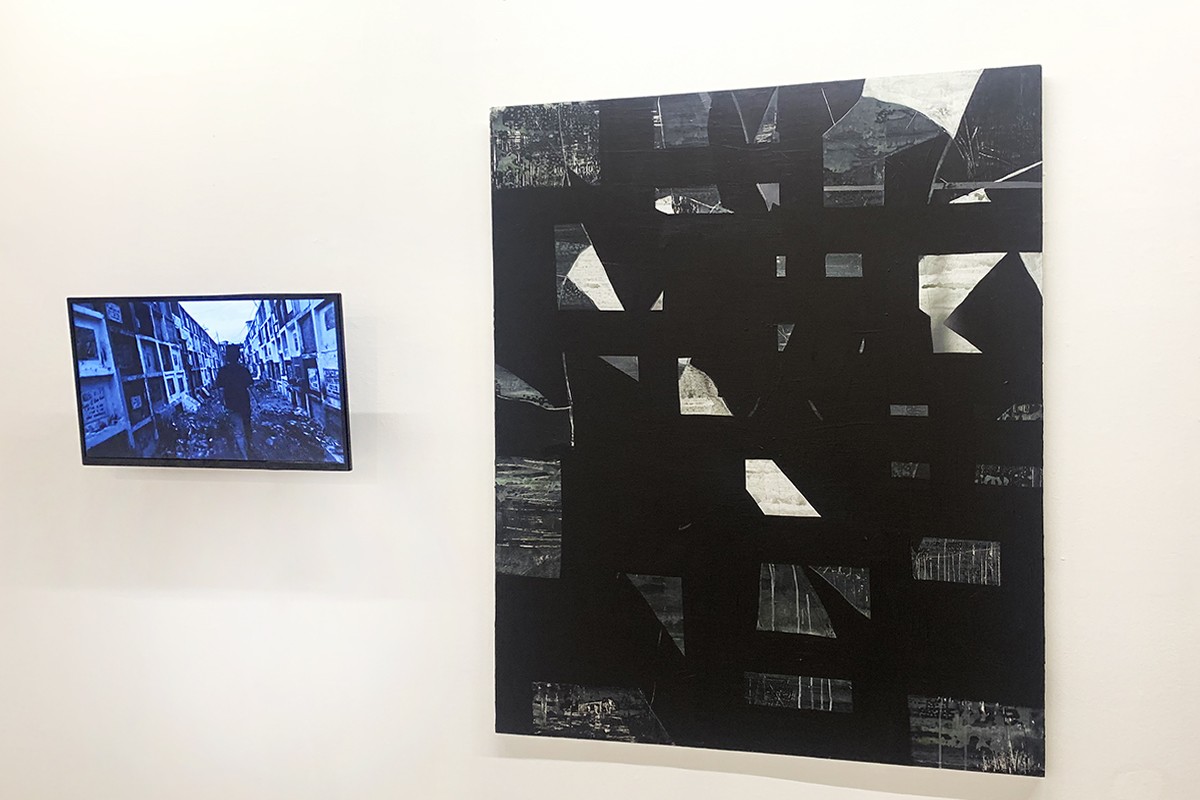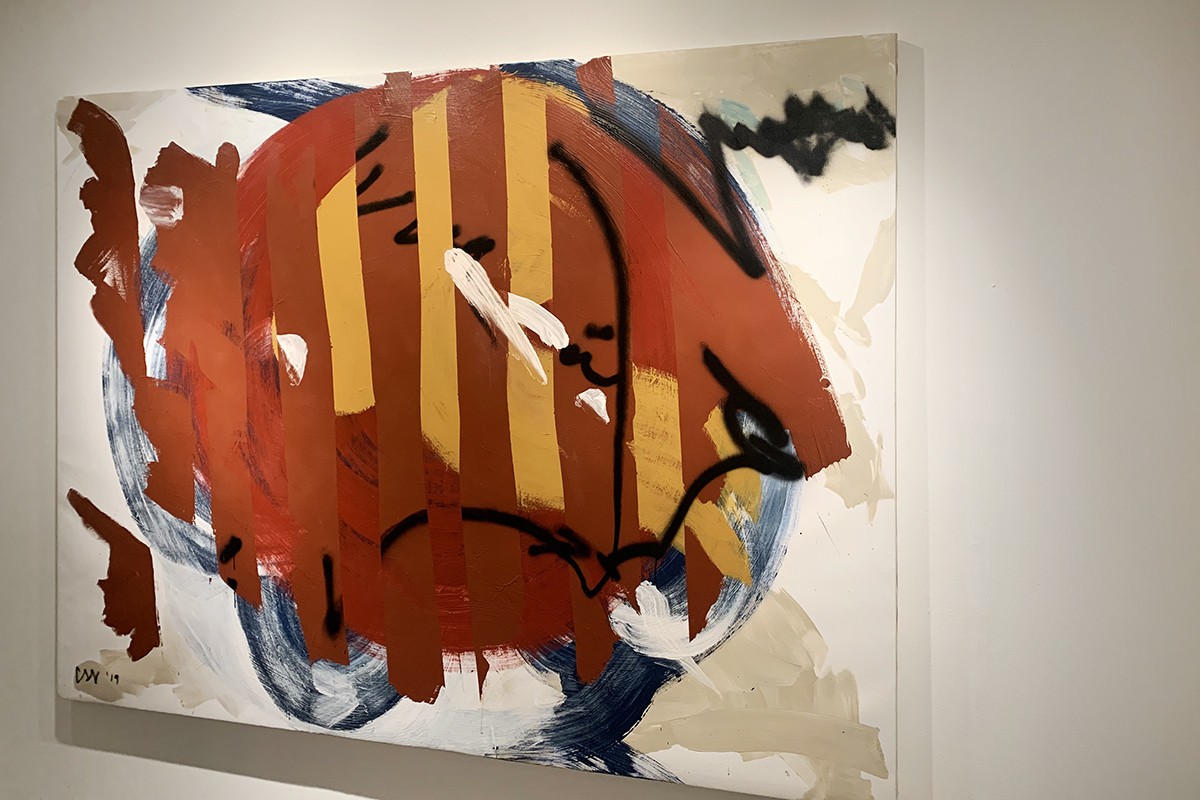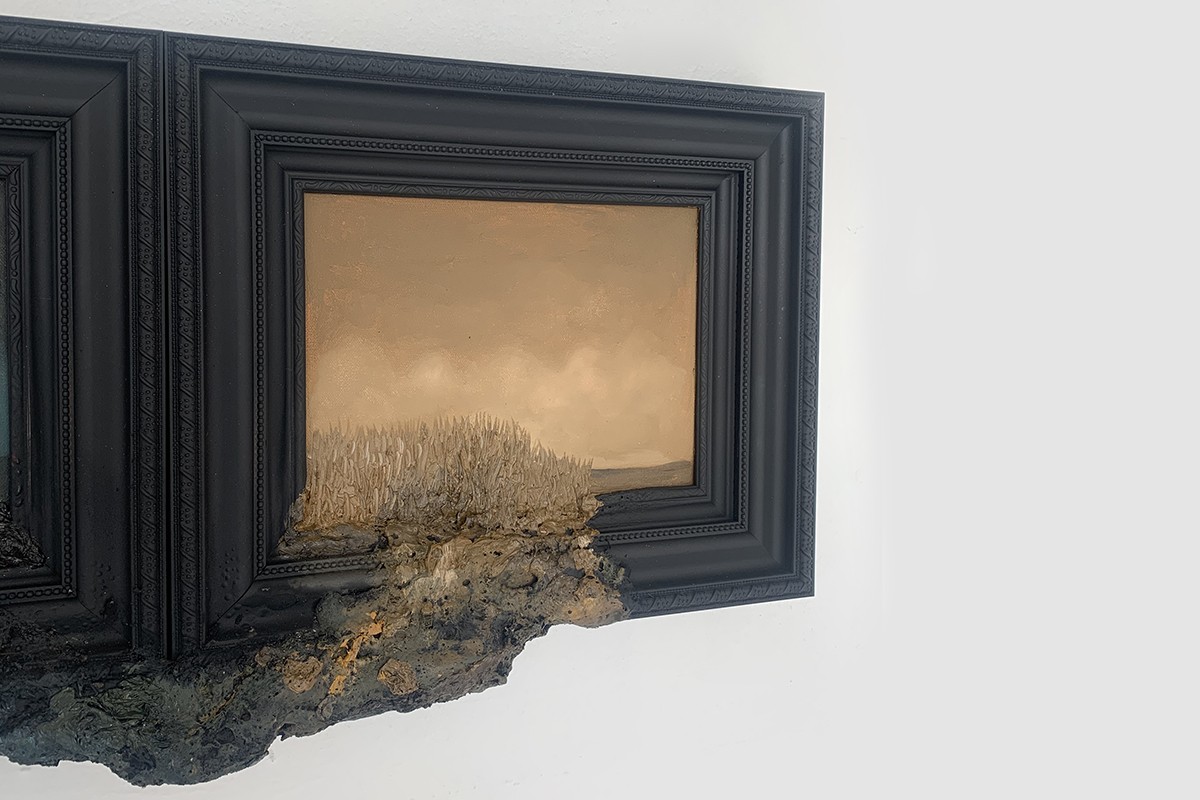For the most part, abstraction gives audiences the freedom to interpretation. Through curated canvases, looped films, a play on lights and colors, abstraction is absolute in perspective and meaning. Be it through the depth of its significance to the complexity of its creation, abstraction is defined not simply by its aesthetic but also through the process to which the works have been made.
In the show Force Majeure, South Ho Siu Nam traces the aftermath of the Super Typhoon Mangkhut in Hong Kong and how this tragedy has become an integral part of shared memory and helped shape the collective psyche of Hong Kong. Artist Ju Ting develops her works through a tedious process of experimentation in tools she has used for the exhibition Scales. In Impasse, Mark Salvatus obscures the congested streets of Manila to conceal with darkness the chaos that is the incessant noise and jammed trails. Brave Singh's works, while displaying what appears to be external scenes are visions seen from the inside where psychological or emotional factors affect the way we view things. And through this abstraction, we find Chris Villanueva Jr.'s works for Act Like Nothing's Wrong that are not meant to be interpreted any other way but only taken as it is.
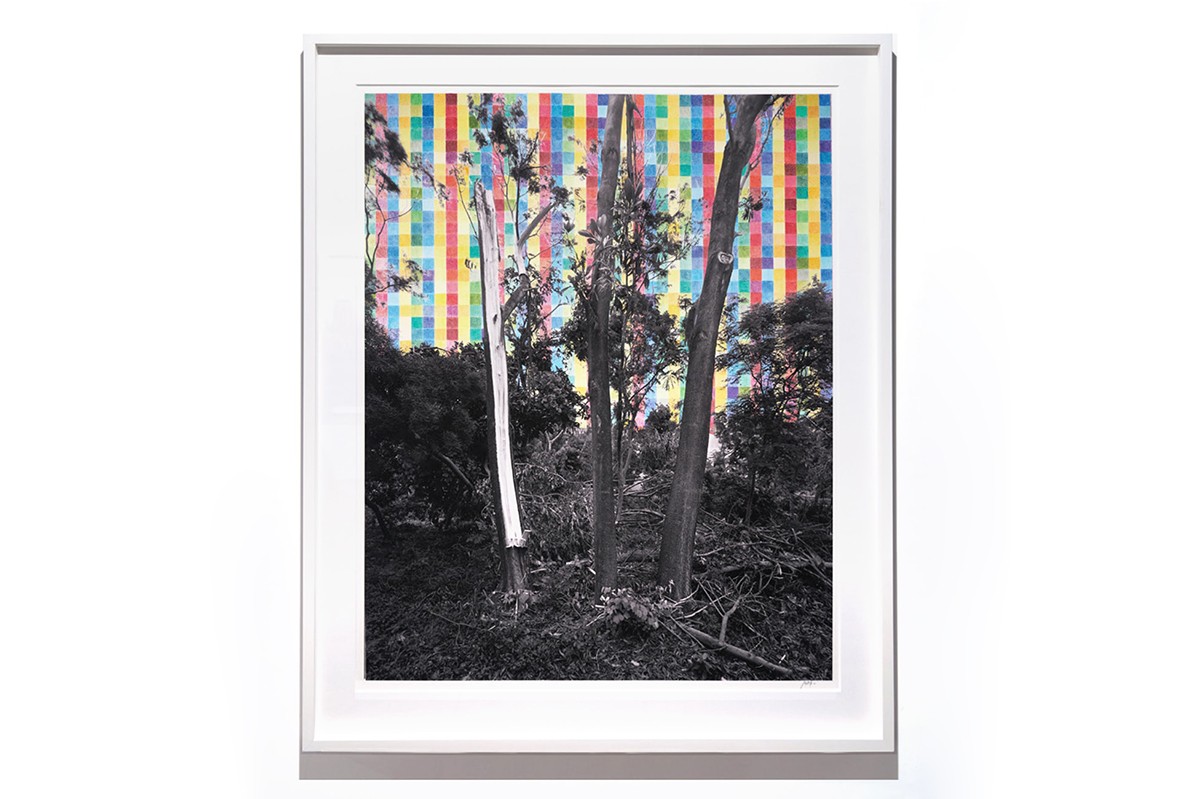
Photo courtesy of the gallery
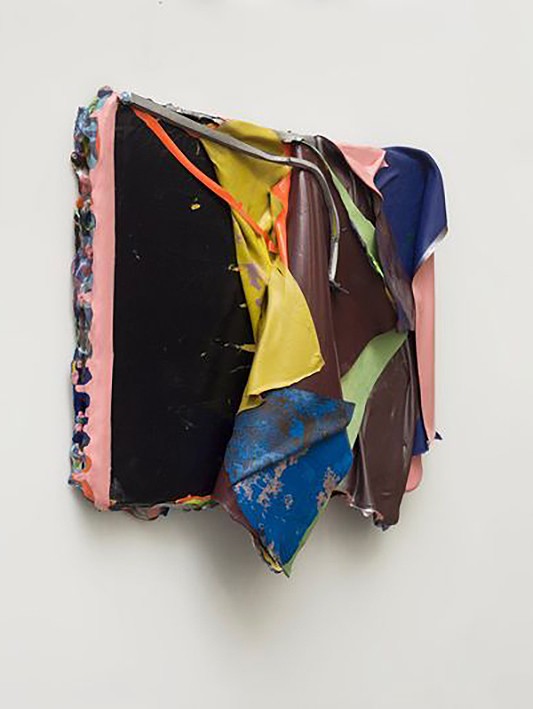
Photo courtesy of the gallery
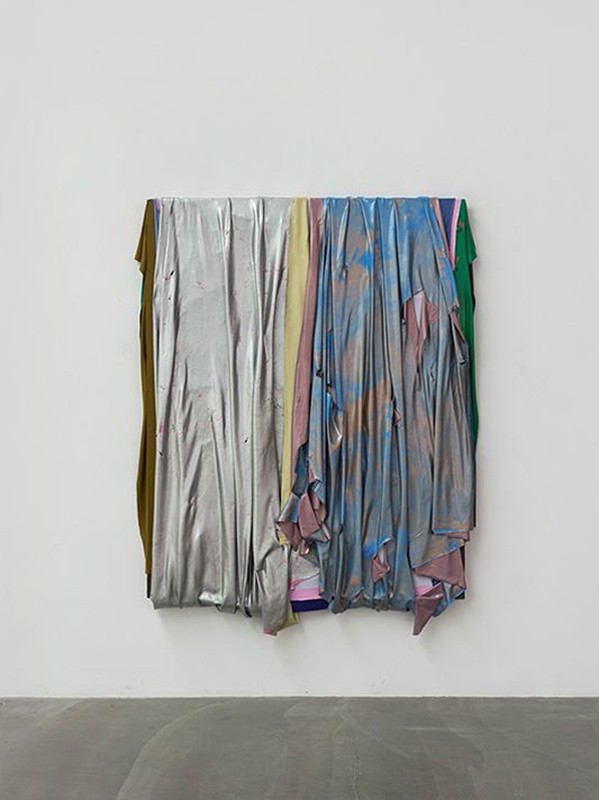
Photo courtesy of the gallery
